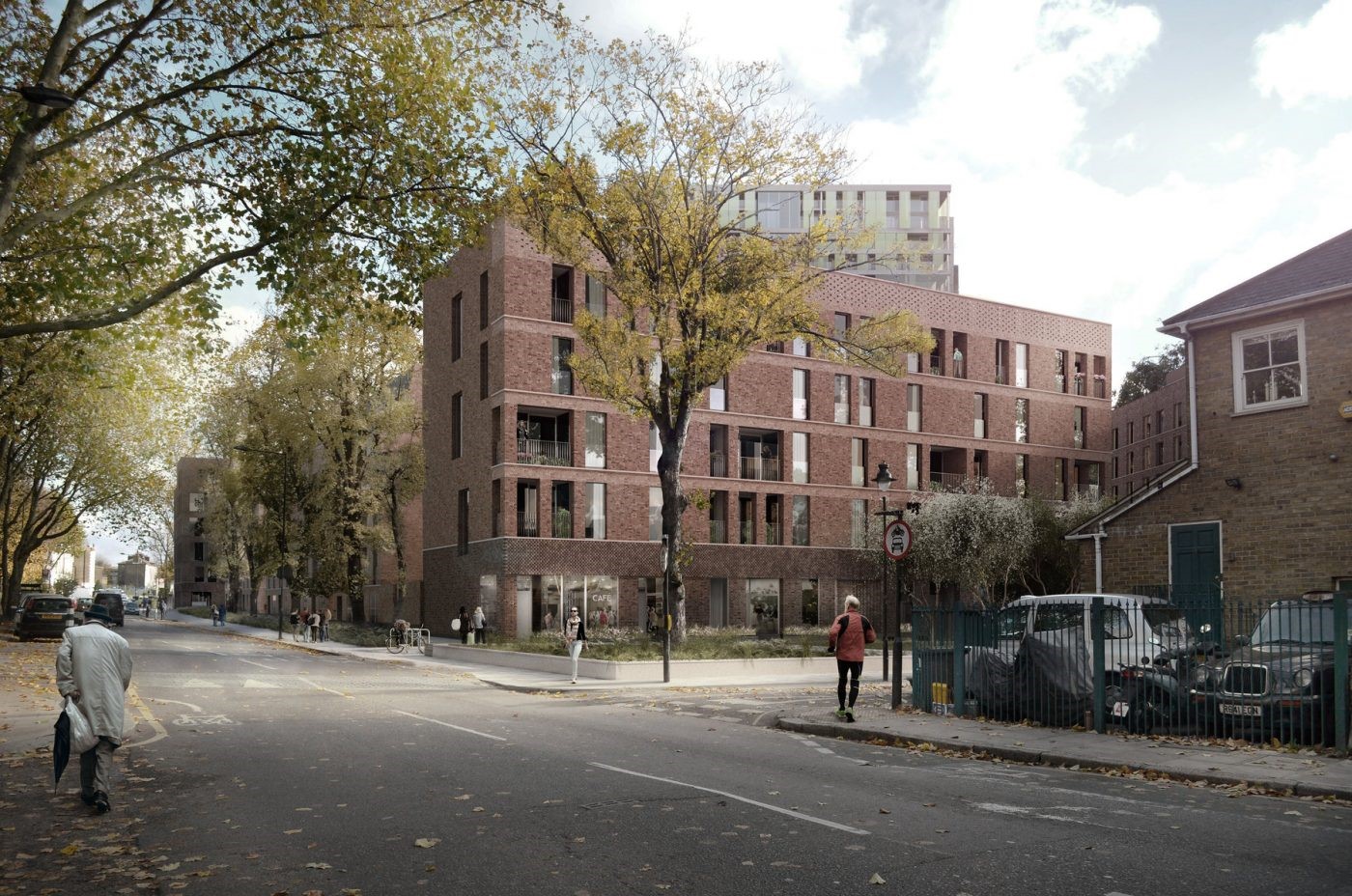Passivhaus – What About Us?
< Back to InsightsCo worker Tara Gbolade shares her views on the Quality of Housing in the UK and Passivhaus :
It’s coming to winter again and in a society where many are faced with the options of “heating or eating”, the political ‘food and fuel poverty’ debate rears its head. With fingers pointing towards welfare cuts, rising energy bills, and the impact of austerity (all valid points), are we missing a critical point? Are we focusing on issues outside our control, instead of focusing on what we can control?
As the highest energy performance standard, Passivhaus offers unrivaled added value. Passivhaus employs a fabric first approach, low space heating demand, simple form factor, and good solar aspect. Owing to our more extreme weather swings, the recent collaboration by SPERI (Sheffield Political Economy Research Institute) and the Department of Social Policy, confirmed that low income households in the UK struggle to sufficiently eat, and heat their homes.
In 2016, the UK completed approximately 182,000 thousand homes (NHBC Homes Statistics), of which around 24% where for housing associations (National Housing Federation) and with 7of12 UK regions experiencing growth in housing supply, that equates to at least 200,000 families, with sub-standard housing quality. We as consumers, residents, community, need to start asking for Passivhaus as the baseline for any new construction, and as a minimum, any refurbished works.
For many, cold weather shocks directly translate to adverse income shocks (Institute for Fiscal Studies), and with the average UK household energy bills ranging anywhere from £700 to £1500 per annum, isn’t it time we reviewed how we can live better lives? The average energy cost of a Passivhaus can come to £70 per annum – and in some cases, much less. The difference is staggering and can make a real difference to the quality of life, not just financially, but with improved health and comfort.
With the cost of Passivhaus’ now coming closer to the cost of current construction, is this not the time local government, private developers (small and large), housing associations make this the baseline requirement?
Building.co.uk heralded Passivhaus as the ‘the future’ as far back as 2009, yet, demand is still slow. With market drivers such as location, price and availability at the top of our housing need, energy efficiency just doesn’t make the cut. So, while our European neighbours bask in the glory of low energy bills, better quality housing, perhaps now is the time we start to take a stand and demand quality housing. Shall we start asking, “What about us?”

Image credits: (Mae Architects, Agar Grove, London)
Let’s have a chat about your vision and
how we can help you realise it.
Collective Works are an architecture & design studio. Our network of professionals will create your perfect solution.